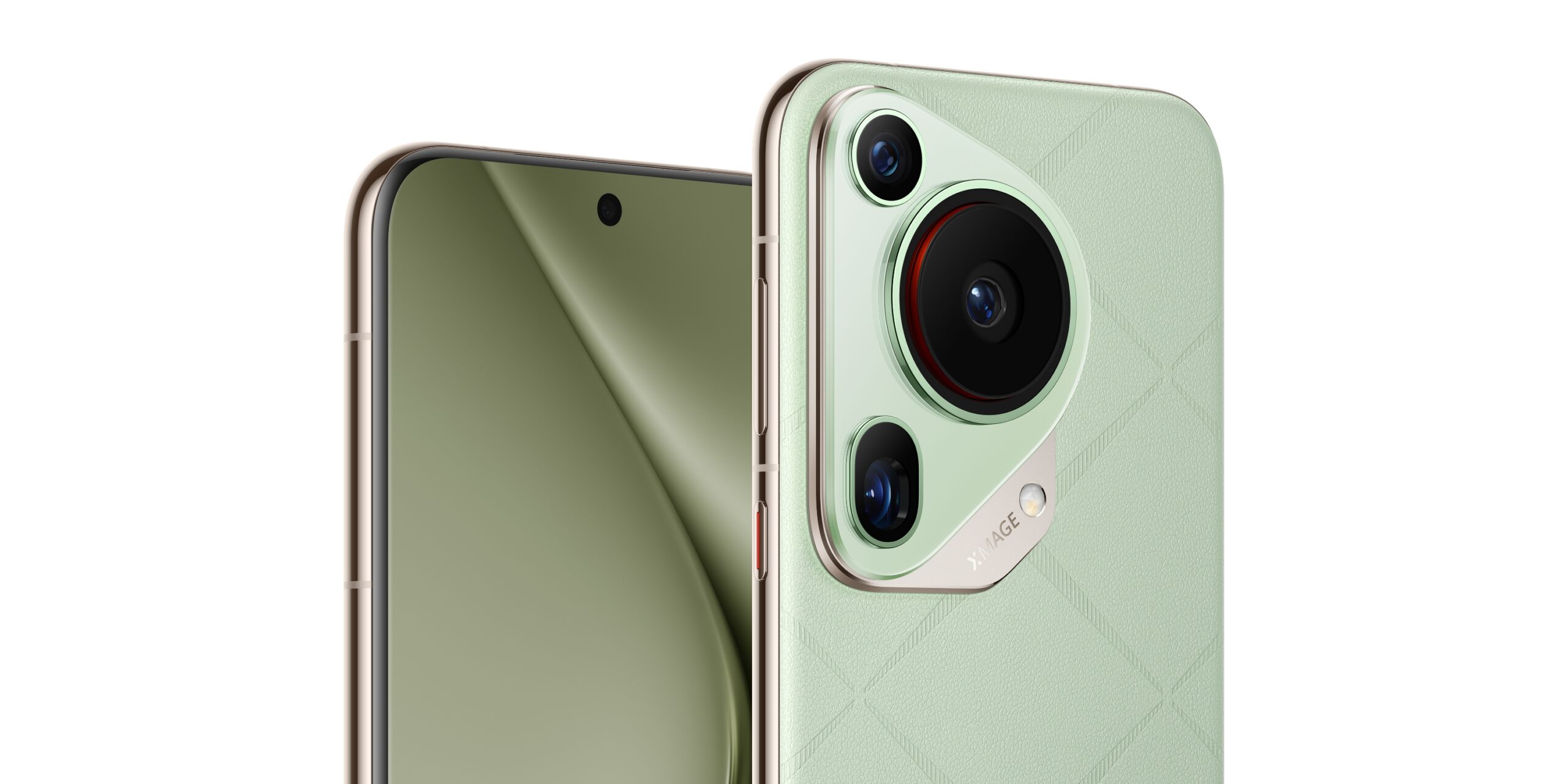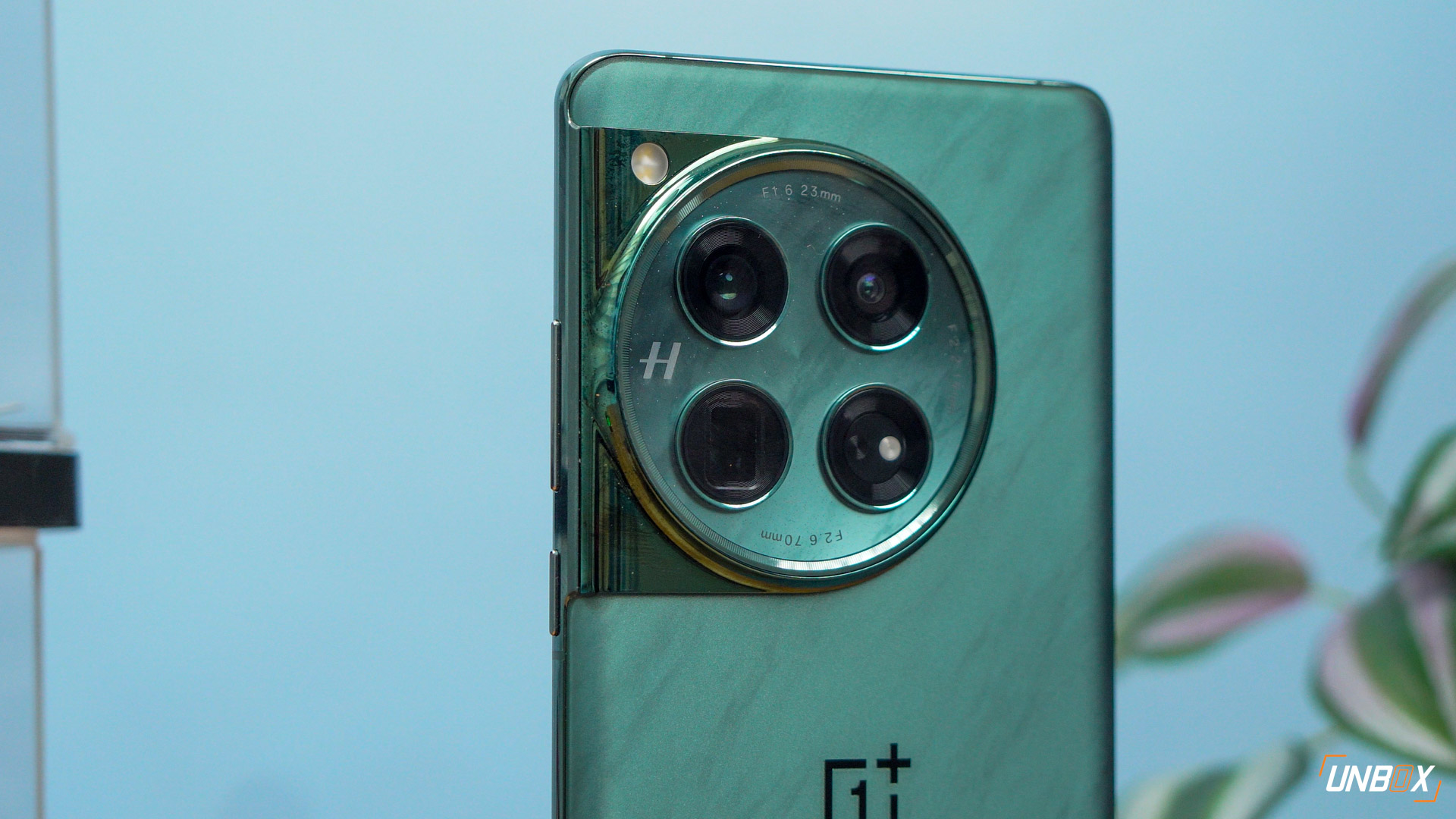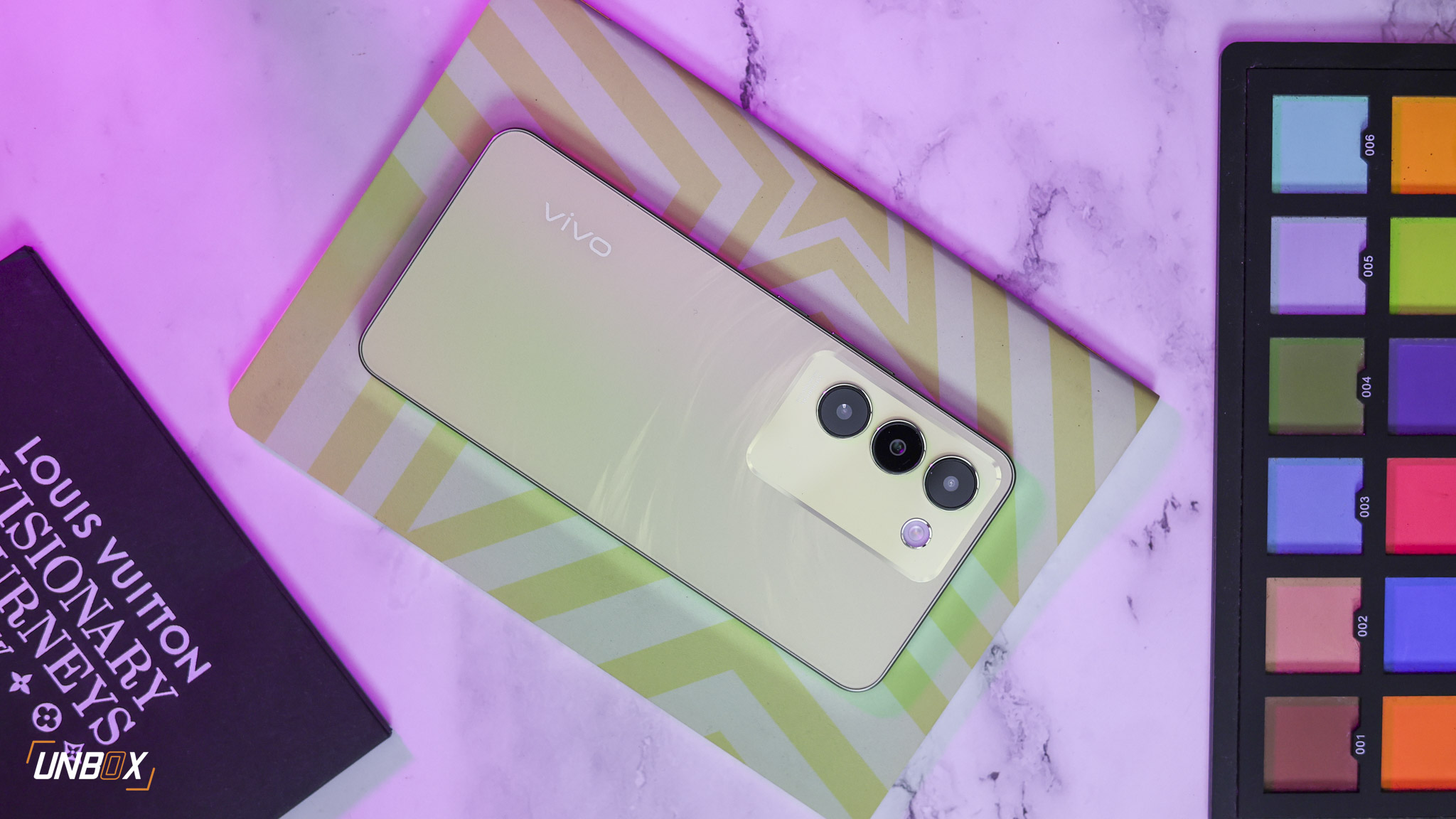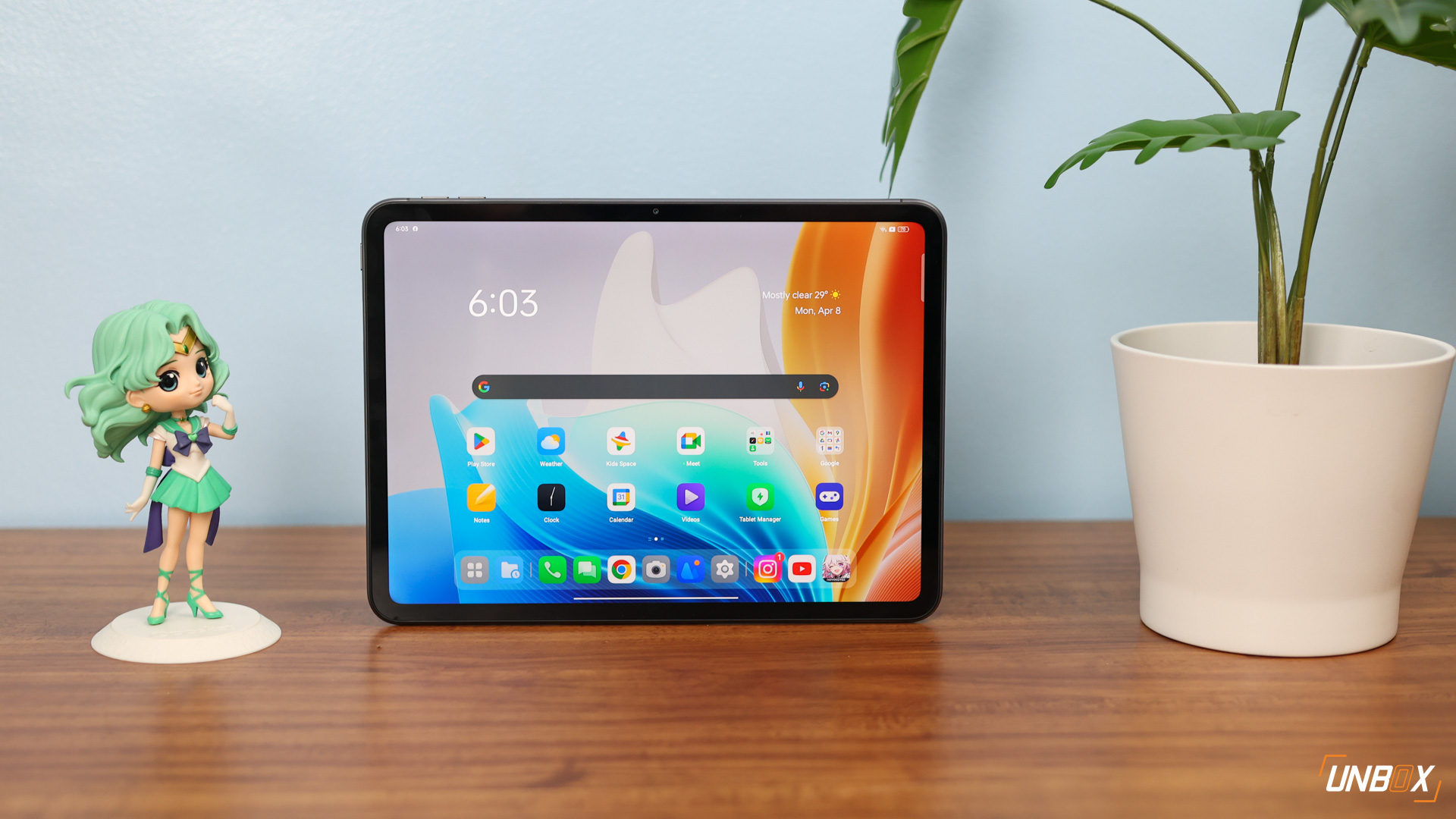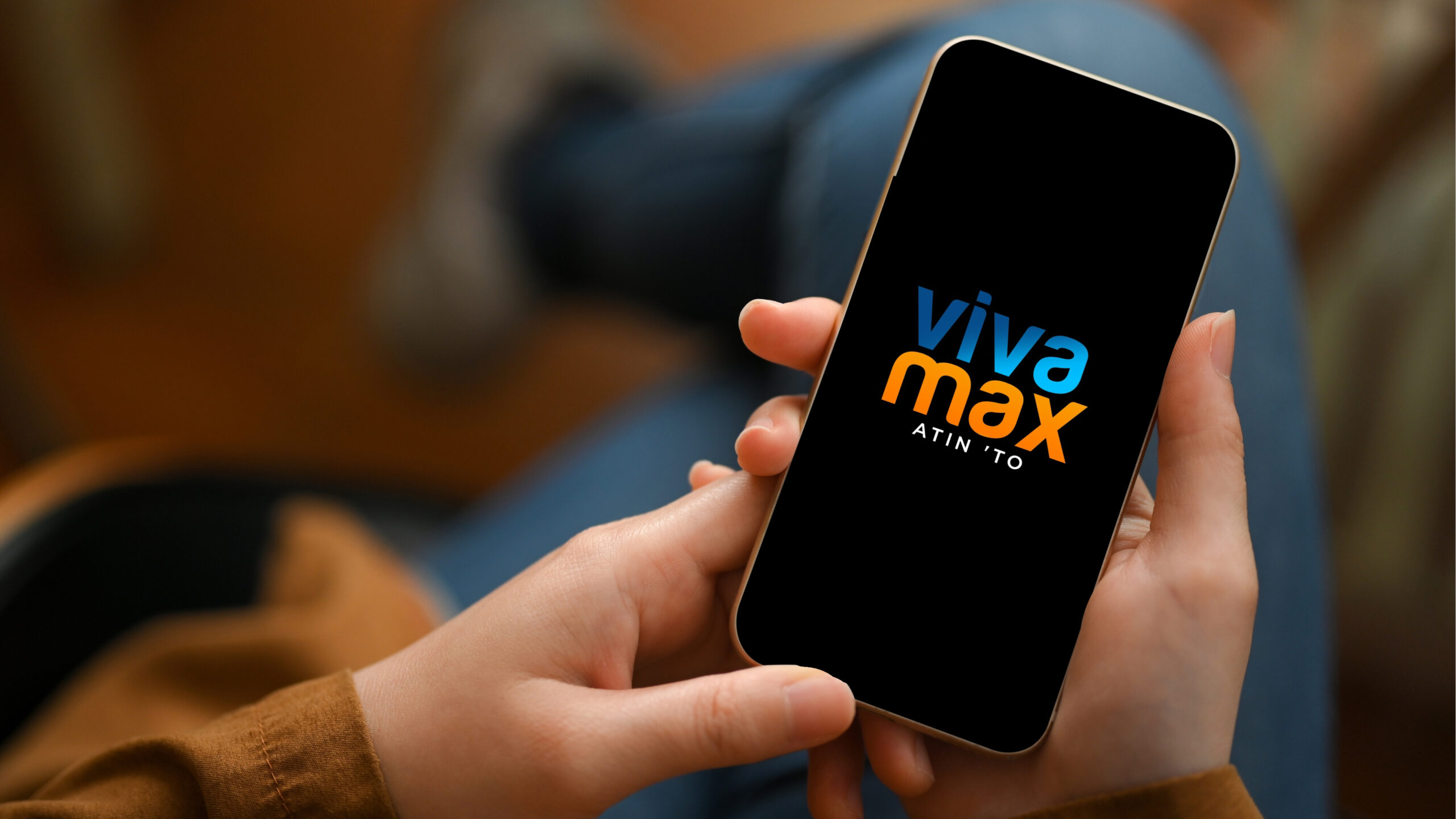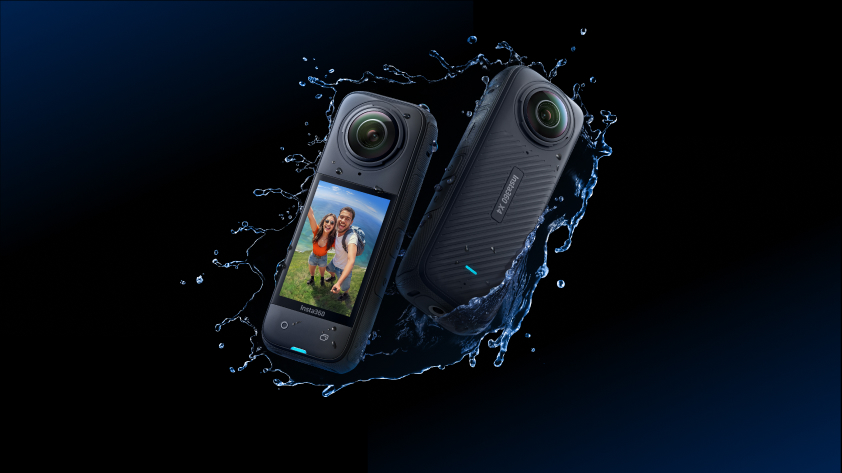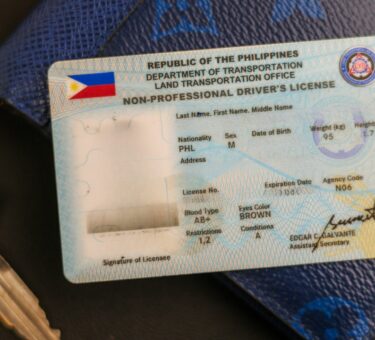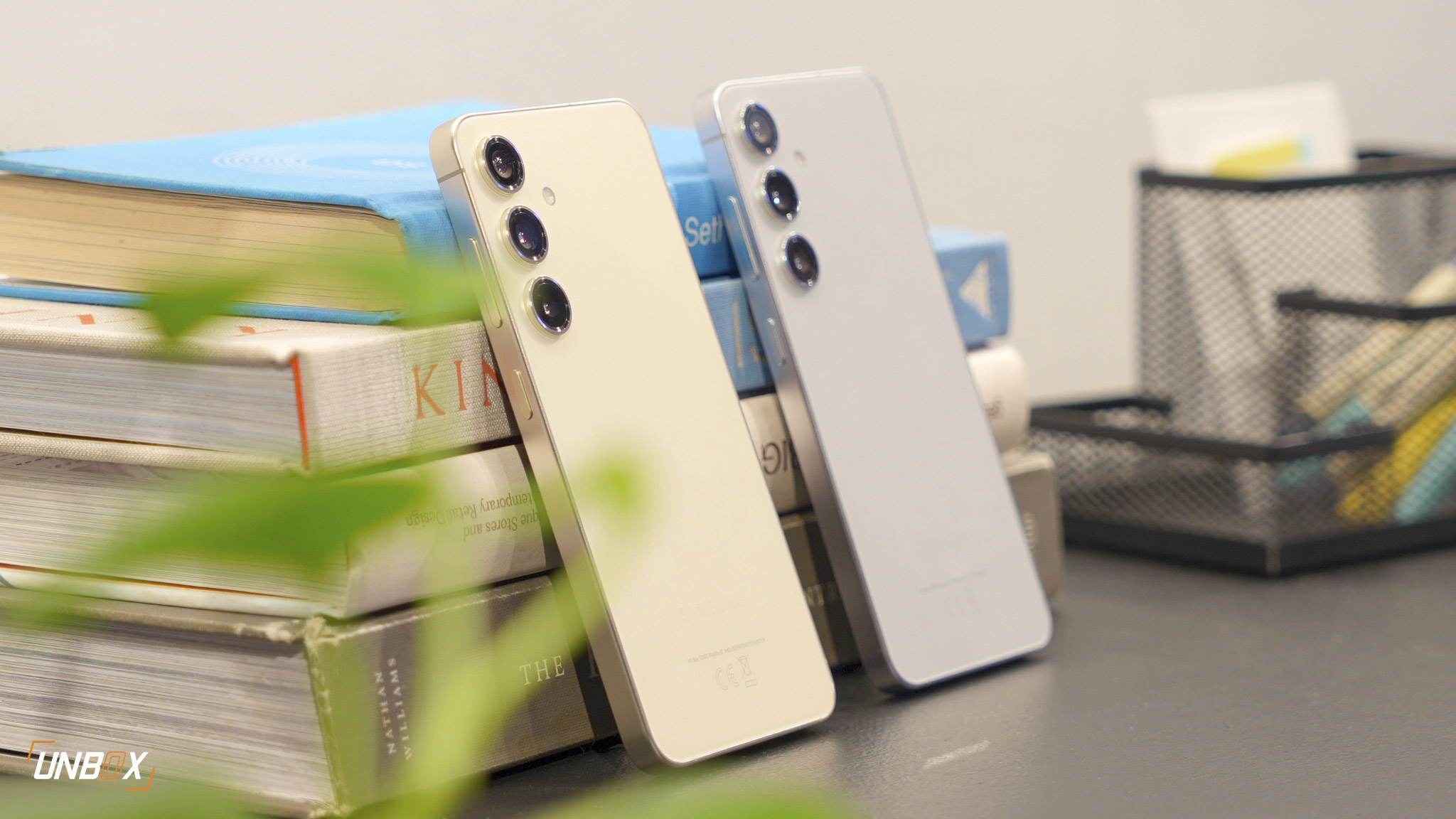We go hands-on with the Nokia 8!
HMD Oy’s flagship Nokia 8 is set to launch in the Philippines tomorrow, but we managed to score some hands-on time with the device thanks to the brand today. If you need to be reminded, the Nokia 8 is the flagship device for the Nokia brand, sporting the iconic Nokia design language along with twin rear cameras with Zeiss lenses. It’s the first time that we’re actually getting our hands on this device after its August unveil, so join us as we kick the tires and take it for a spin.
Nokia 8
- Qualcomm Snapdragon 835 octa-core processor
- Qualcomm Adreno 540 graphics unit
- 4GB of RAM
- 5.3-inch QHD IPS display, 2560 x 1440 resolution, with Corning Gorilla Glass 5
- 64GB of expandable storage, up to 256GB via microSD
- Dual 13-megapixel Carl Zeiss rear cameras (color + monochrome), f/2.0 aperture, 1.12µm pixels, with laser AF, OIS, dual-LED flash
- 13-megapixel Carl Zeiss front camera, f/2.0 aperture, 1.12µm pixels, with PDAF
- Fingerprint sensor, IP54 certification, Nokia OZO Audio
- 3090mAh battery, with Qualcomm Quick Charge 3.0
- Android 7.1.1 Nougat
- Price: $700 (~Php 35.9K)

Initial impressions: Beautiful unibody construction paired with Zeiss optics and dual-cameras
While there’s a different brand that carries the Nokia name today, they’ve been cognizant enough of what made the Nokia devices of the past great and implemented the iconic design language into the devices that they’ve been releasing lately. The Nokia 8 is no exception to that, sporting a few Lumia-like touches here and there. It’s undoubtedly a beautiful phone, worthy of the lineage.

The Nokia 8 sports a unibody aluminum design, and despite having a hefty 3090mAh battery is only 7.9mm thick. There’s plenty of corners and curves on the phone that makes it easier to use one handed. The smaller size also makes it conducive to one-handed use, though the glossy finish on the aluminum rear makes it a little slippery to hold and will slip out of your hand if you’re not careful.

The rear of the phone holds twin cameras, as is the custom with most flagships nowadays. The rear cameras are twin 13-megapixel rear cameras with Carl Zeiss lenses, with f/2.0 aperture openings, AF OIS and a dual LED flash. One of the lenses is color and the other is monochrome. The front camera is a 13-megapixel Carl Zeiss front camera, f/2.0 aperture, 1.12µm pixels with PDAF.

These two cameras work together in a mode that HMD Oy calls Bothie, which allows you to take photos with the front and rear camera together. The screen gets split in half, with one side for the front camera and the other for the rear. It works for both videos and stills, though we’re a little iffy on the whole thing in practice.

The phone has a 5.3-inch QHD IPS display, which is sufficiently sharp and nice to look at even under direct sunlight. The whole body is IP54 certified, which means its splash-resistant though we wouldn’t recommend dumping it in water. The home button doubles as a fingerprint scanner, which is flanked by two capacitive keys on either side.

Inside the Nokia 8 lies Qualcomm’s Snapdragon 835 processor with 4GB of RAM and 64GB of internal storage which can be further expanded via microSD up to 256GB. There’s another version of the phone that’ll be shipping to European customers with 6GB of RAM and 128GB of storage, though that’s not slated to be released in the Philippines, at least not yet.

The phone is sufficiently fast which is what you’d expect from a phone with flagship specs, and is armed with a mostly pure version of Android Nougat. HMD Oy has committed to an Android Oreo update for the flagship soon, though has not given us a firm timeline. HMD Oy also pushes out regular security updates to their phones to keep them as secure as possible as well.

The Nokia 8 is a pretty solid flagship phone, though we still don’t have a solid idea of how much it’ll be when it sells in the Philippines. HMD Oy is selling the device at around $700 in Europe, which comes out at around Php 35.9K. We’ll all have to find out how much it’ll be tomorrow when it’s officially launched in the Philippines.









